Brightening Winter Days: The Transformative Power of Laser and Light Therapy
Sad About SAD? Here’s How Laser and Light Therapies Conquer The Winter Blues
Feeling the urge to hibernate during winter is one thing. But when you can’t get out of bed, and you feel depressed, you may have Seasonal Affective Disorder (SAD, also called Seasonal Depressive Disorder). Whether you’ve been clinically diagnosed with SAD/SDD or have a milder case of “the winter blues,” there is hope. Research supports using light and laser therapy for mood enhancement and increasing energy levels.
What Causes The Winter Blues?
You don’t need a Ph.D. in biology to understand why the winter blues are common. In winter, there’s less sunlight during the day. Not only is there less sunlight but because of the tilt of the Earth’s axis, the ultraviolet rays from the sun are too weak to synthesize vitamin D—low levels of which have been associated with depression. If you live in Miami, the weak sunlight in winter is no problem. Unsurprisingly, extreme winter blues (SAD) is more common in the northern U.S. In fact, according to the NIH, only 1% of Floridians are likely to suffer from SAD. However, even in places like sunny San Diego, the sun’s angle during winter can still limit the body’s ability to produce vitamin D efficiently.
Researchers are still not entirely sure what causes seasonal depressive disorder, which causes inattentiveness, hopelessness, depression, social withdrawal, and fatigue. What is known, however, is that chemical messengers (neurotransmitters) like dopamine and norepinephrine (adrenaline) are involved. The good news is that there are several ways to manage SAD and general winter blues. Let’s look at two well-supported, research-backed therapies: light and laser.
How Does Light Therapy Work for Seasonal Affective Disorder?
It’s a simple strategy. You need more light to combat the winter blues. Light therapy, or phototherapy, replicates the effects of natural sunlight to alleviate symptoms associated with SAD. Exposure to light, particularly in the blue wavelength, regulates the production of the feel-good neurotransmitter/hormone serotonin and melatonin, the so-called “sleep hormone” that also functions as a neurotransmitter.
By exposing the body to the sun’s bright light or to light therapy that mimics the effects of bright blue wavelength light, melatonin secretion is suppressed. Resulting in increased wakefulness and alertness during daylight hours.
Furthermore, light therapy has been shown to modulate serotonin levels in the brain, leading to mood enhancement and reducing symptoms of depression. In 2005, a research team at the University of North Carolina Department of Psychiatry led by Dr. Robert N. Golden (currently dean of the University of Wisconsin School of Medicine and Public Health) analyzed eight randomized, controlled trials and concluded that bright light therapy treatment and dawn simulation help alleviate SAD. In addition, bright light therapy was deemed helpful for non-seasonal depression. Now, let’s turn our attention to laser therapy.
How Does Laser Therapy Work For Mood Enhancement?
Low-level laser therapy (LLLT) is a form of light therapy that triggers biochemical changes within cells, according to a 2023 research review in the journal Lasers in Medical Science. Photoreceptors (receptors in your cells) absorb photons (the fundamental units of light), igniting beneficial chemical reactions, including:
- Vitamin D synthesis
- ATP production (The primary energy currency of cells; the more ATP your cells produce, the more energetic you’ll feel.)
- Nitric oxide release (enhances blood circulation)
LLLT (or “cold laser therapy”) has also been used to lower inflammation and manage pain for several years. LLLT uses continuous low-frequency laser light, typically in the 600 to 1000 nm wavelength. Arguably, the most effective laser therapy for the winter blues is near-infrared (NIR) light, which has a wavelength range of 800-1100 nm. NIR laser light therapy is far more effective at penetrating the skin than visible light. In preliminary research studies, NIR light may help ease anxiety.
Research demonstrates that LLLT also has clinical applications for cognitive disorders. Laser therapy may have the transformative power to heal the brain any time of year, especially in winter.
Why We Recommend Weber’s Spectra Laser Watch and Laser IV Therapy
Weber’s Spectra Laser Watch, a research-backed home light therapy product,
makes receiving laser therapy as easy as wearing a watch, garnering hundreds of positive product reviews. This wearable laser technology may help overcome the winter blues in as little as 10 minutes a day by releasing light at different spectrums—including yellow light—which enhances mood by increasing serotonin and vitamin D production.
However, lasers don’t only come in wearable technology form; laser light therapy can also be administered via an IV infusion. The integrative medical experts at the New York Center for Innovative Medicine frequently adminiuster Laser IV Therapy for a variety of syndromes with great success.
Combining Laser and Light Therapy
Both light therapy and laser therapy have been shown in research studies to enhance mood and increase energy production. But is there any evidence that combining these therapies will yield optimal results? There’s very little research on combining therapies specifically for SAD. However, there are combination therapy studies that show promising results for a variety of conditions. For instance, one study published earlier this year in Lasers in Medical Science suggests that laser and light therapies may benefit alopecia. An earlier study in the same journal shows that combining light and laser therapies effectively manages knee pain. Despite the absence of research on light and laser therapy for the winter blues, anecdotal evidence is abundant.
The First Step To Overcoming the Winter Blues
Which winter blues therapies are suitable for you? Schedule a consultation with one of our integrative and functional medicine physicians today. Call 1.800.684.8846.
Disclaimer: The statements made in this article have not been evaluated by the Food and Drug Administration. Any products or treatments mentioned are not intended to diagnose, treat, cure, or prevent any disease. Please consult a licensed medical practitioner for medical advice.
At Innovative Medicine, we believe in transparency. We want you to know that we may participate in affiliate advertising programs pertaining to products mentioned herein.
See how we can help you restore complete health of body, mind & spirit.
Join our mailing list and receive exclusive offers + information!
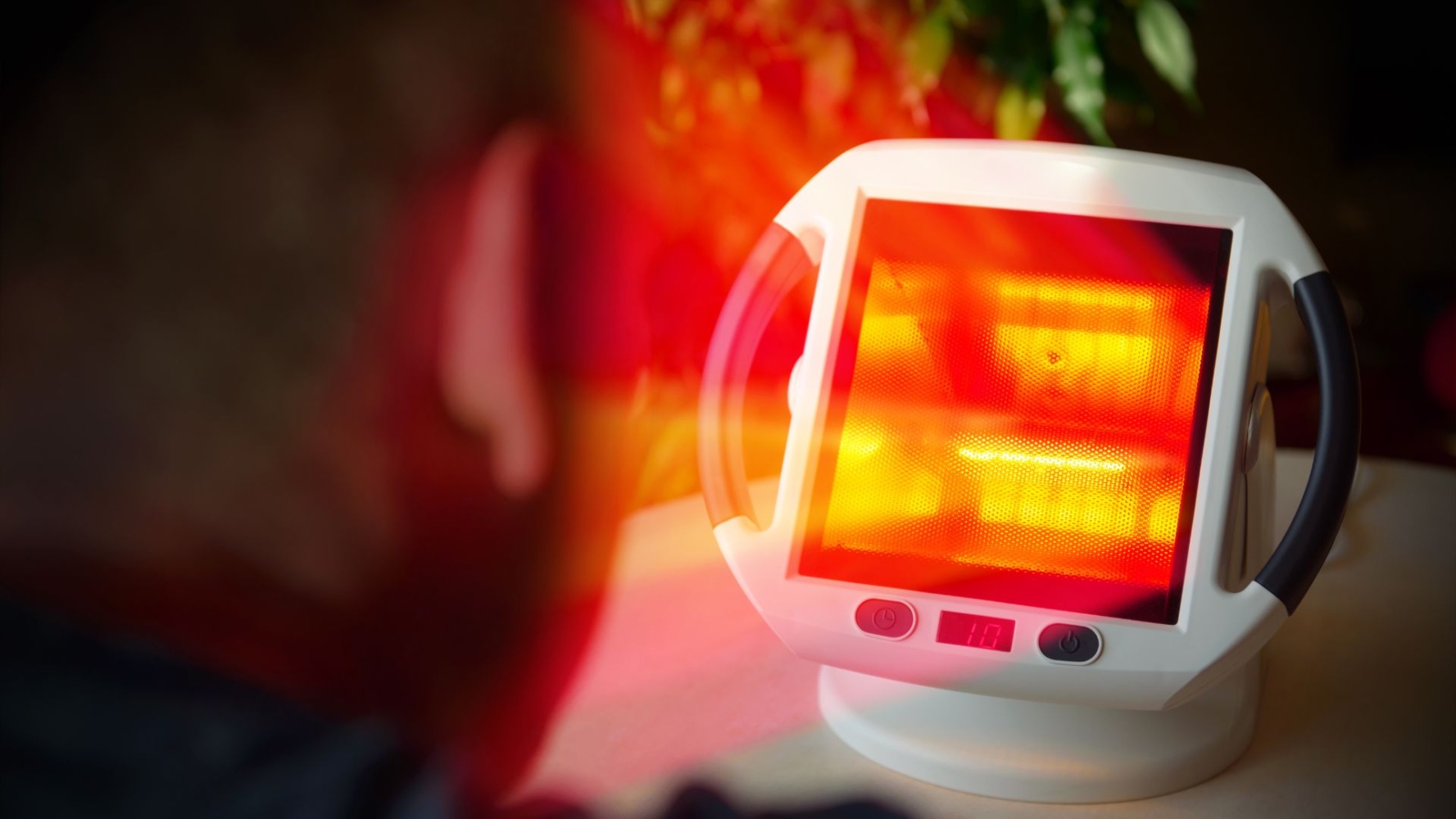
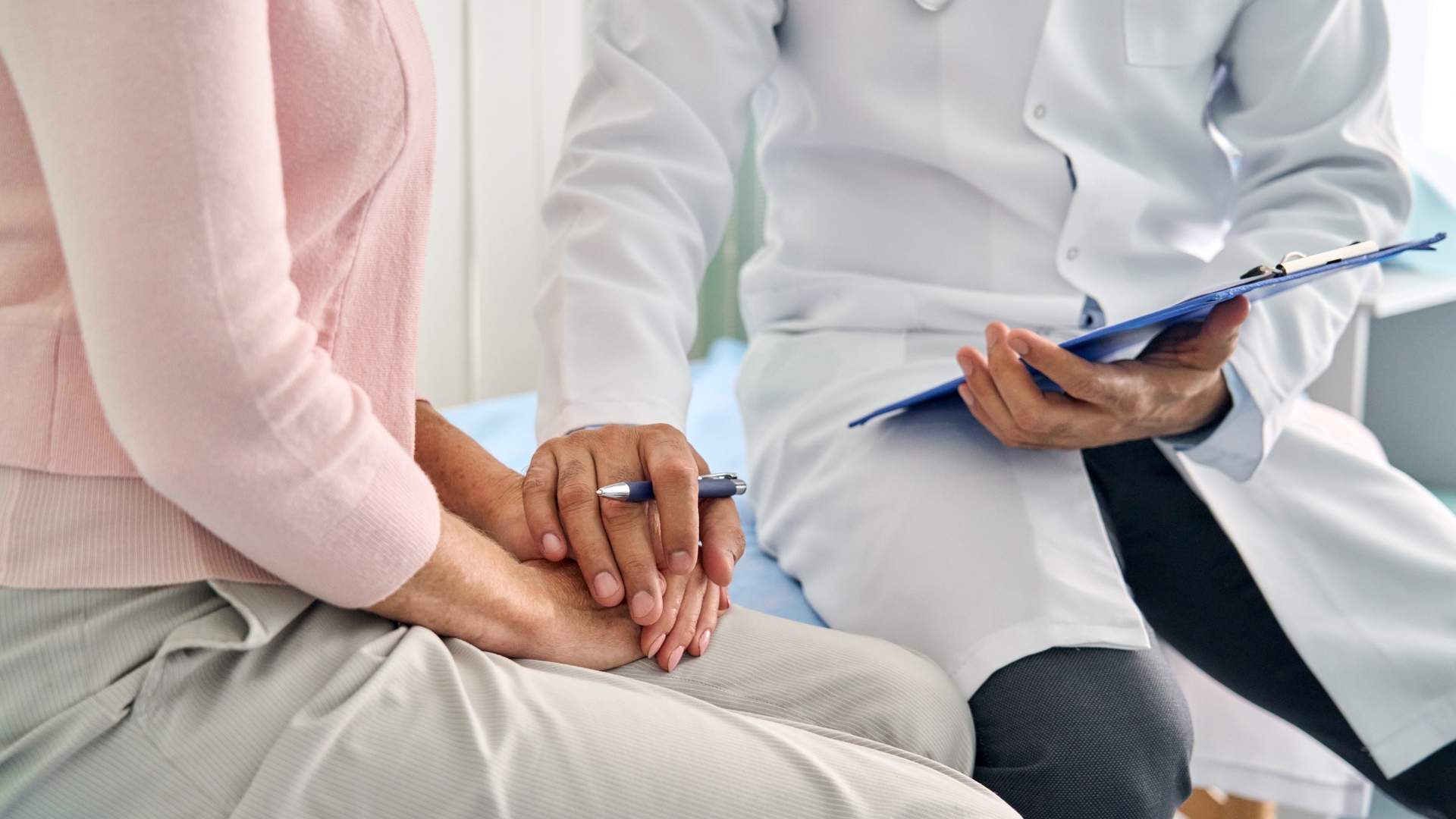

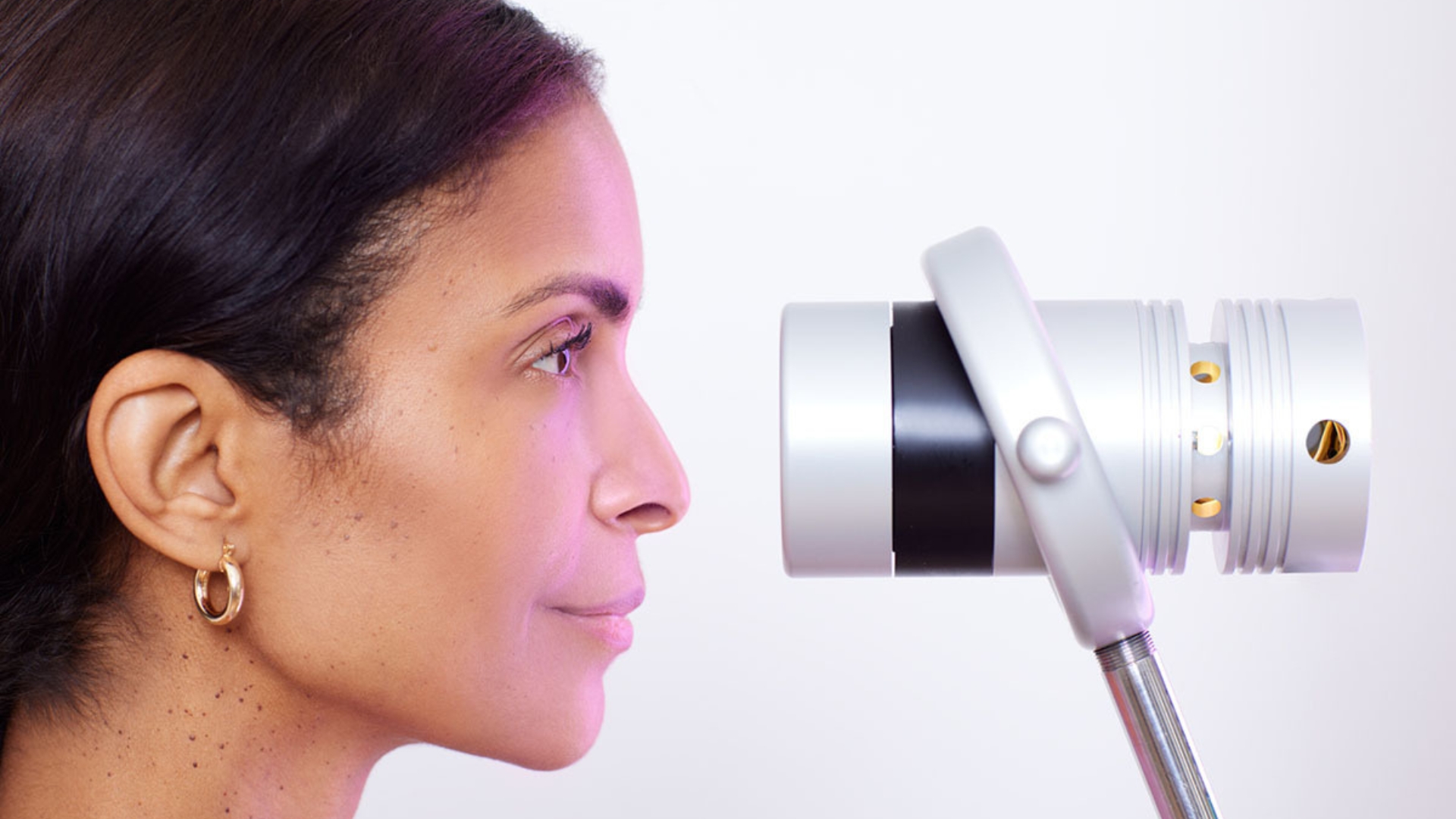
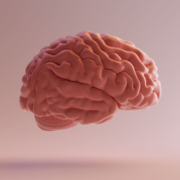

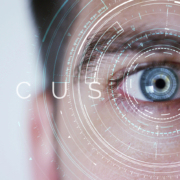
Leave a Reply
Want to join the discussion?Feel free to contribute!